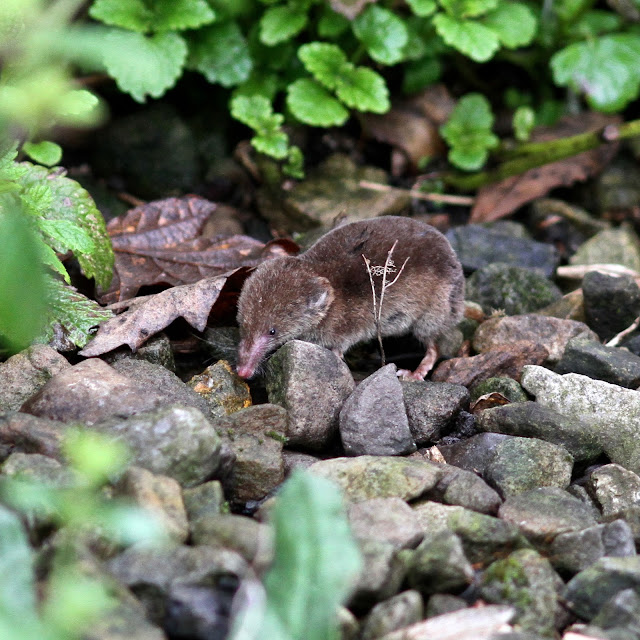I could almost set my watch by the fox coming to the back door every evening. The first one arrives at 9.30pm and sometimes stays until all the food has gone. Recently I have been putting out dog biscuits as well. Sometimes these are eaten first and sometimes it's the peanuts.
I read that it is possible to identify individual foxes from the shape of the marks on the muzzle. The youngster in the two photos above is usually the first to arrive but there is a bigger lighter-coloured regular as well. I usually just watch rather than photographing them but I'll try to get a few more photos to see if I can identify them all. I might use video rather than still photos as it often seems clearer in the very low light.


















































